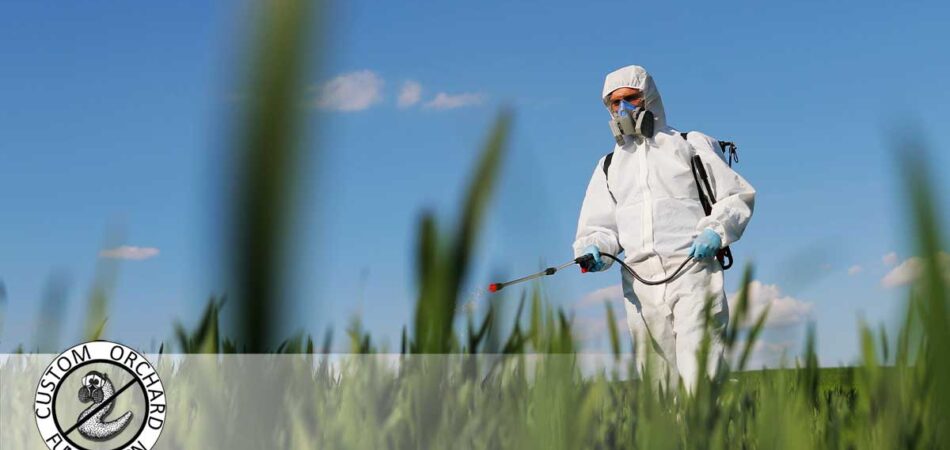
If you are considering a soil fumigant application, it is important to understand how this process works. It’s a process that is common in the agricultural industry, due to the many soil fumigation benefits. However, it is also common to lack a full knowledge of how a specific soil fumigant application works. Here’s what you need to know.
Each soil fumigation application involves several key steps. Following is an outline of these steps, followed by key soil fumigation benefits.
Step 1: Application
The first step involves injecting fumigants into the soil. These liquid substances control bacteria, weeds, insects and diseases that have invaded or may invade the soil.
Step 2: Diffusion
In the second step, the fumigants are diffused. The liquid fumigant volatilizes into gas and diffuses through the soil. It radiates out from the various points where it was injected to fill the soil air space.
Step 3: Conditioning
After the fumigants have spread through the soil, they condition the soil for better planting and growth. They reduce pathogens and rebalance the soil microbe population. This makes the soil richer in nutrients and decreases harmful microorganisms in the soil.
Step 4: Decomposition
Next, fumigants decompose in the soil. Some fumigants even biodegrade, becoming nutrients for plants.
Step 5: Planting
The next step in a soil fumigant application is to plant the crops. Seeds can be planted in the soil that has been newly conditioned for better yields.
Step 6: Growth
The final step is to reap the soil fumigation benefits. The planted crops maximize the nutrients in the soil to achieve full yield potential. The plants do not uptake the fumigant into their roots or into the residue of the plants.
Soil fumigation benefits
This process offers several soil fumigation benefits. Growers who use this technique can expect to experience the following advantages:
- Consumer benefits: Through the use of soil fumigant application, farmers are able to produce more fruits and vegetables for consumers. This results in a greater selection of food options as well as reduced prices. Consumers also have a better selection of quality produce, since the soil fumigant application helps reduce rot and pest infestation.
- Grower benefits: Soil fumigant application also benefits growers by increasing crop management flexibility. Growers can enjoy shorter crop rotational intervals, which reduces the amount of time that fields must be left fallow. Growers are also able to manage insects and pathogens consistently.
- Environmental benefits: A single soil fumigant application is able to manage nearly all of the pest organisms in the soil at once. It can manage problems caused by two or more organisms, which is one of the top soil fumigation benefits. This prevents the necessity of applying multiple, separate target-specific chemicals to the soil or crops. This, in turn, reduces risk to the soil, the surrounding environment and workers.
Learn more
For more information on soil fumigant application processes or benefits, contact the experts at Custom Orchard Fumigation. We have been farmers’ trusted source since 1992. We are dedicated to helping growers get the best yield while reducing the environmental impact on soil. Reach us today at 509-687-9572 with any questions or to schedule your next service.
